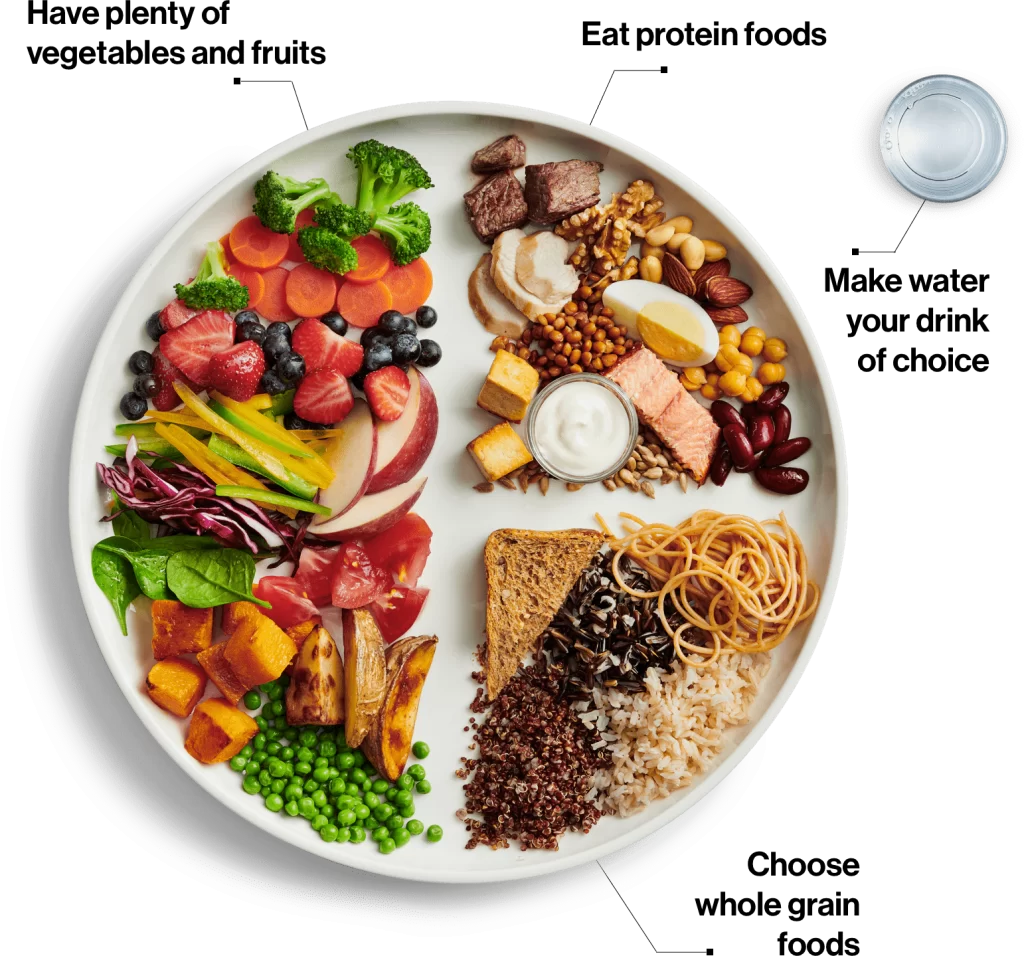
If you ever ask a teen if he/she had lunch yet, they will always just say “yes”. It is only when you ask them what they have eaten, then they may tell you that they just had a coffee with donut. If you ask a Chinese grandma, she probably say they had some salted fish with white rice as dinner. So it it not enough that they just had food, and it is not enough that they don’t feel hungry, the variety and quality of the food matters. Nowadays, almost everyone knows the essential food groups. I have to give credit to that the effort made in that messaging.

When it comes to exercise, we still have a lot to learn. In Western society, the focus often revolves around cardio, weights, or sports activities. Some people stick to just one of these and believe it’s enough. What they might not realize is that without a variety of exercises, they risk neglecting certain parts of their body. That’s why I want to introduce some essential exercise groups, especially for seniors. Our main aim is to tackle “fall preparedness” and address “chronic pains.” I’ll briefly introduce them here and provide more details in future articles.
Circulation (C): This is all about ensuring good blood and air circulation throughout your entire body, including your organs. Poor circulation is a major cause of many health problems. These exercises help wake up your nerves, mind, and body, getting you ready for anything. Some of them can even be done in bed. You can incorporate these into your daily routine, like making coffee or getting the newspaper. It’s crucial to warm up your spine by gently curling and lengthening it, which improves blood flow through the vertebrae. Additionally, twisting and moving your trunk massages your organs.
Stretch (S): Stretching and relaxing not only boost blood circulation but also release tension, which often leads to chronic pain. It enhances your mobility and suppleness, much like a sponge, making your body better at absorbing impacts. Having a greater range of motion in your joints also makes daily tasks, like getting up after a fall, much easier.
Strength (S): Muscles are essential for functionality, stability, and balance. Strong arms and neck can protect your head when you fall forward, preventing it from hitting the ground. Similarly, if you fall backward, strong leg muscles can help you lift your head and get back on your feet.
Neural Functions and Mindset (N): It’s crucial to train neural functions like reflexes. Learning not to panic during a fall involves practicing what to do in such situations. Fall preparation goes beyond physical strength; it requires mental readiness as well. This includes simulating falls and practicing the right response, which may differ from our natural instincts.
Just like the essential food groups, do use the above as a checklist to evaluate if you are missing anything after a sweaty and tiring day of hiking or after doing an hour of tai-chi. For example, after you did an hour of tai-chi, you may have strengthened you legs and balance but you most probably have not trained for any fast reflexes or movements. In a real fall, you need fast and strong hands to be able to protect yourself from the ground because there are no advance notifications and the ground comes up in a blink.
In future articles, we’ll delve deeper into each of these exercise groups, providing you with a comprehensive understanding of their importance and how to incorporate them into your routine. In the meantime, this phrase may help you remember the acronym CSSN from the starting letter of each group “Cook Sweet and Sour Noodle”.

Pingback: Memory tricks | Functional Fitness for seniors – Martial Gym Approach